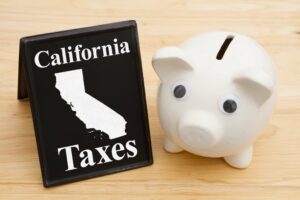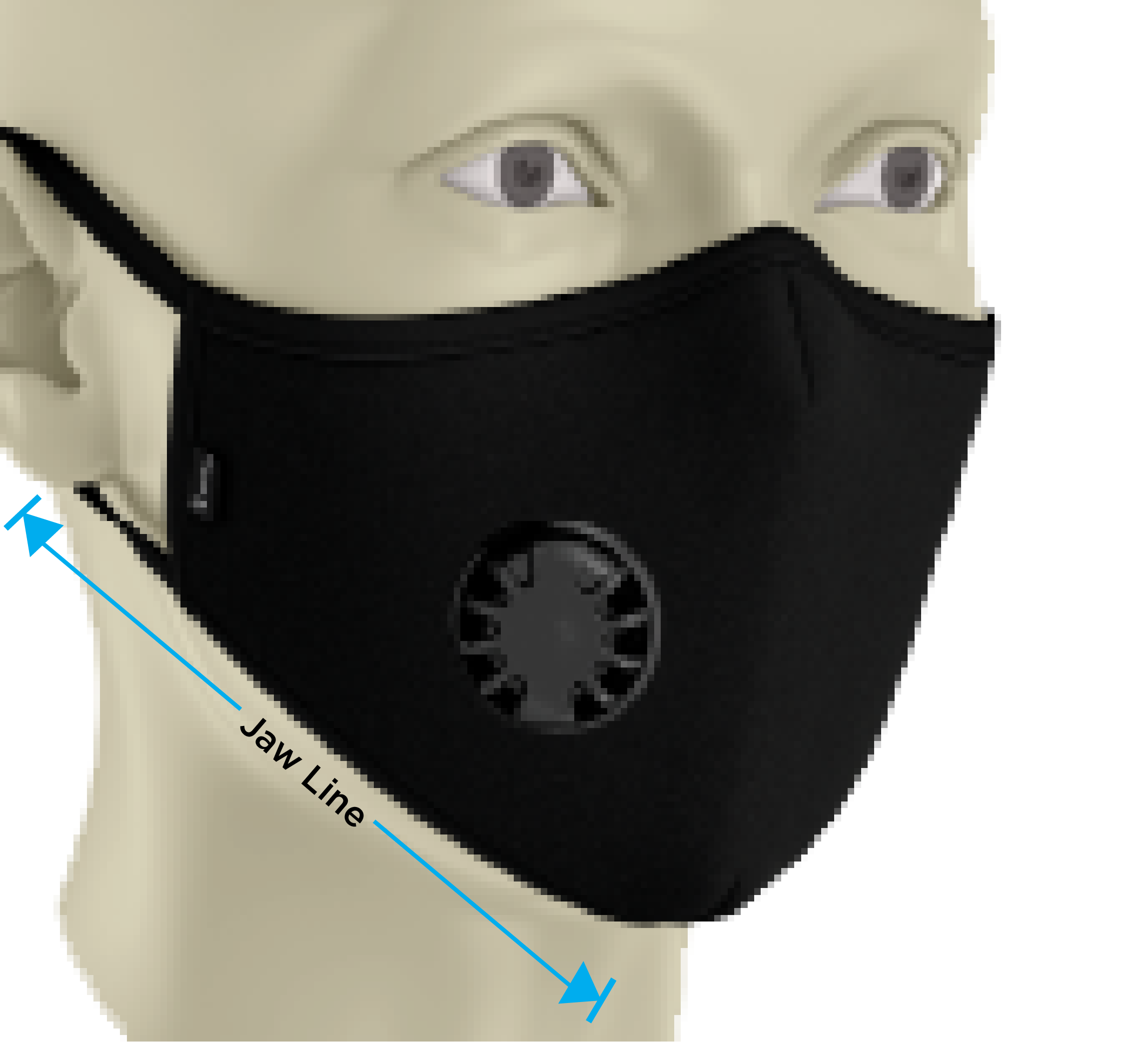Content

If the retailer has sales of $100,000, the cost of goods sold will be approximately $60,000. When sales are $300,000, the cost of goods sold will be approximately $180,0000. For example, a business rents a building for a fixed cost of $50,000 per month for five years. The rent will stay the same every month, regardless of the business’s profit or losses. Fixed costs typically stay the same for a specific period and they are often time-related.
- As the production output of cakes increases, the bakery’s variable costs also increase.
- There is a lot more we could discuss when it comes to fixed and variable costs.
- Although total fixed costs are the same, fixed costs per unit changes as fewer or more units are produced.
- The one variable cost you may have difficulty negotiating is direct labor costs.
- A physical asset is gradually expensed over time down to a value of $0.
- Your average variable cost is equal to your total variable cost, divided by the number of units produced.
An example of a semi-variable cost is a vehicle rental that is billed at a base rate plus a per-mile charge. The short-run total cost curve is simply the variable cost curve plus fixed costs. A change in sales volume always affects net profit as well because variable costs, such as materials costs and employee wages, inevitably rise with sales volume. When estimating the total variable cost that the company must spend to produce 100 units, the variable cost of producing each hair dryer will have to be determined. If a higher volume of products is produced, the amount of delivery and shipping fees incurred also increases — but utility costs remain constant regardless. More specifically, variable costs are equal to the total cost of materials plus the total cost of labor, which are the two main types of variable costs. For example, if you have 10 units of Product A at a variable cost of $60/unit, and 15 units of Product B at a variable cost of $30/unit, you have two different variable costs — $60 and $30.
Learn The Difference Between Fixed And Variable Costs
For example, if the number of units required to become profitable is very high, you can look into ways to increase sales, reduce your variable costs per unit, or find ways to cut down on fixed costs. Now that you know that fixed costs are what you’re required to pay regardless of sales or production, what are the costs that fluctuate as your business grows? It costs $12 to produce one t-shirt, including materials, labor, supplies, and shipping the final product to the customer. Some common fixed costs include rent and salaries paid to administrative employees because they stay constant no matter how many goods or services the business produces—at least for a while. Notice that the piano company producing fewer pianos can decrease variable costs, but lower levels of production cannot decrease fixed costs.
The variable cost ratio allows businesses to pinpoint the relationship between variable costs and net sales. Calculating this ratio helps them account for both the increasing revenue as well as increasing production costs, so that the company can continue to grow at a steady pace. If the average variable cost of one unit is found using your total variable cost, don’t you already know how much one unit of your product costs to develop? Can’t you work backward, and simply divide your total variable cost by the number of units you have? The variable cost per unit is the amount of labor, materials, and other resources required to produce your product.
Build Your Business
Branded Gift Cards Boost your brand’s visibility to drive sales higher than they’ve ever been before with gift cards uniquely designed for your business. Merchant Cash Advance Get fast access to cash to grow your business without ever taking out a bank loan. Surcharge Program Designed to offset your payment processing costs, our surcharge program is both convenient and compliant. Variable costs change with output—rising as a business makes more stuff or provides more services. It helps in undertaking cost volume profit Analysis as it allows determining Contribution margin which can be used to identify profitable products and better resource allocation by the business. Under Variable Costing all costs are bifurcated into Fixed and Variable and only variable costs are accounted into.
- The sum total of all manufacturing overhead costs and variable costs is the total cost of products manufactured or services provided.
- The important point about variable costs is that they do not rise and fall based upon the company’s activities.
- PAX A920 Terminal Customer-facing terminals that are easy to use, EMV-ready, and chock-full of convenient functionality.
- In effect, a company with low operating leverage can be at an advantage during economic downturns or periods of underperformance.
- Both variable and fixed costs are essential to getting a complete picture of how much it costs to produce an item — and how much profit remains after each sale.
You’ll need to sell 600 cups of coffee every month if you want your business to be profitable. If you divide that by roughly 30 days in a month, you’ll need to sell 20 cups of coffee per day in order to break-even. So how many cups will you need to sell per month to be profitable?
Examples Of Variable Cost
Examples of fixed costs are rent, employee salaries, insurance, and office supplies. A company must still pay its rent for the space it occupies to run its business operations irrespective of the volume of products manufactured and sold.
Sales commissions are an example of piece-rate labor because they often vary based on a company’s profits and an employee’s productivity. Commissions may be withheld if the company fails to meet its profit margin or if employees are not able to meet their sales quotas. The break-even point refers to the minimum output level in order for a company’s sales to be equal to its total costs.

A company’s net profit is affected by changes in sales volumes. That’s because as the number of sales increases, so too does the https://www.bookstime.com/s it incurs. For example, if a pencil factory produced 10,000 boxes of pencils in the most recent accounting period, at a per-unit cost of £1.50, the total variable cost would be £15,000. Instead of looking at your fixed costs as a whole, you can break your fixed costs down on a more granular level. Your average fixed cost can be used to see the level of fixed costs you’re required to pay for each unit you produce. Also known as “indirect costs” or “overhead costs,” fixed costs are the critical expenses that keep your business afloat. These expenses can’t be changed in the short-term, so if you’re looking for ways to make your business more profitable quickly, you should look elsewhere.
Definitions Of Cost
High volumes with low volatility favor machine investment, while low volumes and high volatility favor the use of variable labor costs. In the second illustration, costs are fixed and do not change with the number of units produced. Fees are only charged to a business if it accepts credit card purchases from customers. Only the credit card fees that are a percentage of sales (i.e., not the monthly fixed fee) should be considered variable. Salespeople are paid a commission only if they sell products or services, so this is clearly a variable cost. If a company bills out the time of its employees, and those employees are only paid if they work billable hours, then this is a variable cost.

But even if it produces one million mugs, its fixed cost remains the same. The variable costs change from zero to $2 million in this example. A company can increase its profits by decreasing its total costs. Since fixed costs are more challenging to bring down , most businesses seek to reduce their variable costs.
Variable costs are recurring expenses that change depending on how many goods your business produces or how many services you provide. They’re the opposite of fixed costs, which stay the same no matter how your production volume changes and must be paid even if your company doesn’t produce anything. Fixed costs are those that stay the same in total regardless of the number of units produced or sold.
How Do You Separate Fixed Costs From Variable Costs In Semi
Your average variable cost uses your total variable cost to determine how much, on average, it costs to produce one unit of your product. The first illustration below shows an example of variable costs, where costs increase directly with the number of units produced. They are fixed because they are paid out regularly and are independent of revenue level or production volume. But, other forms of labor are dependent on these factors, according to Accounting Tools. While variable costs are a part of anything business related, some common examples include sales commissions, labor costs, and the costs of raw materials. It can change its entire labor force, managerial as well as line workers. Over a one-day horizon, a factory’s costs may be almost entirely fixed costs, not variable.

These fees are charged to a business that accepts credit cards as a method of payment from customers. In this case, the variable cost is the unpredictable amount of transaction fees each month as opposed to a fixed monthly fee.
The marginal cost will take into account the total cost of production, including both fixed and variable costs. Since fixed costs are static, however, the weight of fixed costs will decline as production scales up.
Variable Cost Examples
In other words, they increase as production increases and decrease as production decreases. Variable costs include things like the cost of raw materials, wages, and energy costs. If your monthly fixed costs are $5,000 and you’re able to do 1,000 oil changes, then your average fixed cost per unit is $5 per oil change. If you’re able to increase oil changes up to 2,000, your average fixed cost per unit will be cut in half to $2.50. You’ll have a range of fixed costs and variable costs that you’re required to pay each month.
Is Labor A Variable Cost?
The marginal cost of production is the change in total cost that comes from making or producing one additional item. The term sunk cost refers to money that has already been spent and can’t be recovered. While sunk costs may be considered fixed costs, not all fixed costs are considered sunk. For example, let’s say that Company ABC has a lease of $10,000 a month on its production facility and produces 1,000 mugs per month. As such, it may spread the fixed cost of the lease at $10 per mug. If it produces 10,000 mugs a month, the fixed cost of the lease goes down to the tune of $1 per mug. One important point to note about variable costs is that they differ between industries so it’s not at all useful to compare the variable costs of a car manufacturer and an appliance manufacturer.
The most common examples of fixed costs include lease and rent payments, property tax, certain salaries, insurance, depreciation, and interest payments. Variable cost-plus pricing is a pricing method whereby the selling price is established by adding a markup to total variable costs. Variable costs are costs that change depending on the level of production. Variable costs are expenses that are directly proportional to the production level of a business. You’ll need to pay for the rent of your garage, utility bills to keep the lights on, and employee salaries. The more oil changes you’re able to do, the less your average fixed costs will be.
The risks of loss from investing in CFDs can be substantial and the value of your investments may fluctuate. CFDs are complex instruments and come with a high risk of losing money rapidly due to leverage.
If a business grows, so will its expenses such as utility bills for electricity, gas, or water. The materials that are used for packaging goods may be considered variable costs because the amount used may vary depending on the volume of sales and production. Some companies opt to reduce the number of packaging materials used for a product when the production volume or sales volume decreases.
